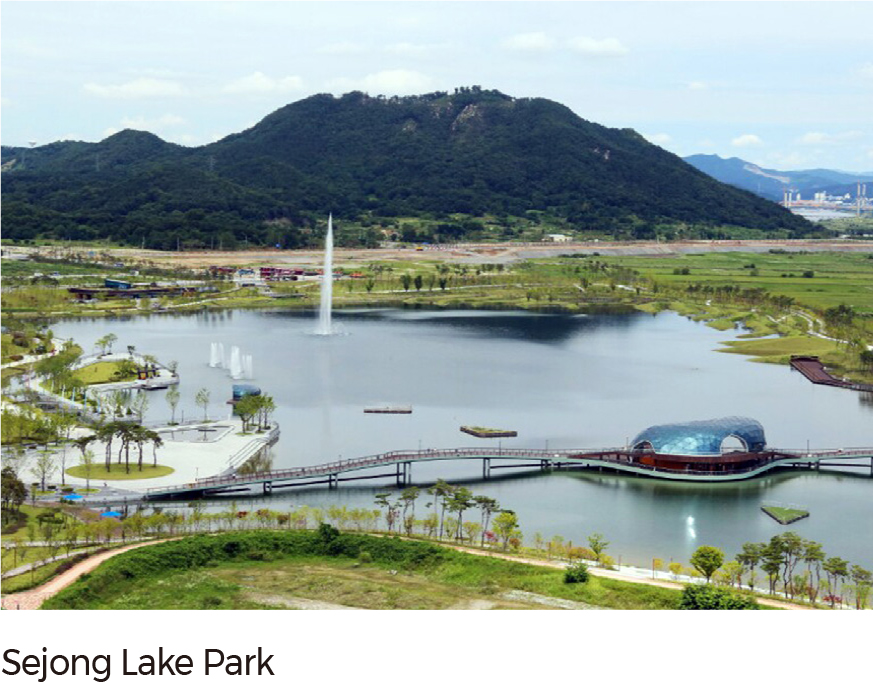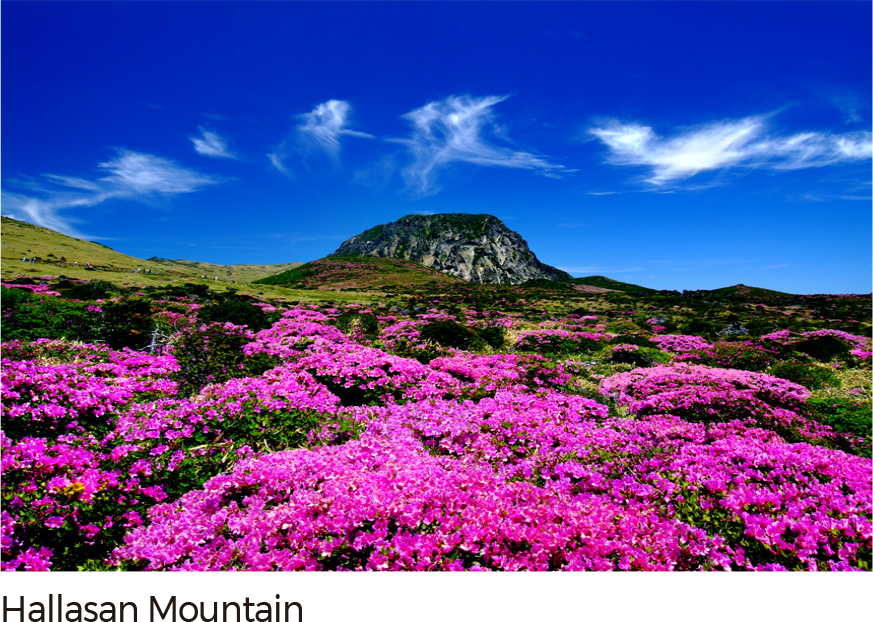Comprehensive Edition 2022
Sejong Metropolitan Autonomous City
Since the 1960s, Korea has experienced rapid economic growth. One factor behind the success has been a state-led development plan that controlled the speed and direction of industrialization and urbanization. The plan’s two major pillars were the National Development Plan and a five-year Economic Development Plan, which focused human and material resources on Seoul, the Seoul Metropolitan Area (SMA), and the Southeastern Coastal Region. Uneven development between these regions, in particular the metropolitan areas, has become an urgent challenge.
Many strategies have been implemented to address overpopulation in the capital and to promote balanced land development. An effort to solve these issues through the relocation of the national capital dates back to the late 1970s. Former President Park Chung-Hee made a plan to relocate the capital to Gongju-si, as Seoul’s proximity to North Korea could cause a security concern along with overcrowding. In 2002, then-presidential candidate Roh Moo-hyun pledged to relocate the capital for balanced national development. After his inauguration, President Roh supported a special law for the construction of a new administrative capital, and the National Assembly passed the legislation relocating and building a new administrative capital in the Yeongi-Gongju area in Chungcheongnam-do.
Some argued that the administration, solely, could not make a decision on capital relocation and suggested that a constitutional revision be required via a national referendum. Under these circumstances, the administration changed the plan from building a “new administrative capital” to building a “multifunctional administrative city” by relocating a portion of the administrative functions. In 2006, the new city was named “Sejong.” Sejong-si is responsible for partial national administrative functions, so it became a metropolitan autonomous city, which is not under the jurisdiction of a province. Sejong Metropolitan Autonomous City was formally created on July 1, 2012.
The relocation of administrative branches resulted in many massive projects, such as the construction of government buildings and the development of the city’s infrastructure. As of 2019, 18 central government branches and 20 government-led organizations have moved into the city. The population flowing into Sejong has increased continuously, and as of July 2019, it reached 335,826: 330,298 Koreans and 5,528 foreigners. The population is expected to reach 800,000 by 2030.
Special Administrative Region: Jeju
Jeju, Korea’s largest island, is known for its beautiful natural landscape and unique cultural heritage, which attract an increasing number of tourists each year. Jeju Island was formed through volcanic activity. Its central volcano, Hallasan Mountain, is surrounded by numerous parasitic cones and caves. Jeju was designated as a UNESCO Biosphere Reserve in 2002 and as a World Natural Heritage Site in 2007. Jeju was also certified as a Global Geopark in 2010, which made it part of the natural heritage the entire world should protect and conserve.
Jeju’s natural environment, unique ecosystem, and cultural background make it an ideal location for various leisure and recreational facilities. As numerous tourists visit the island every year, the Seoul (Gimpo)-Jeju airline route has become one of the busiest air routes in the world.
In 2006, Jeju became the first Special Self-Governing Province to promote regional development that focuses upon unique regional attributes. A plan to build an international city of Jeju to facilitate free trade has been established and announced. The Jeju Special Self-Governing Province has a high level of autonomy in education, legislation, and finance. After the launch of this Special Self-Governing Province, foreign investment increased, and many foreign educational institutes have been established, thanks to streamlined regulations. Jeju’s population has increased by around 1% every year since 2010. The current population is 669,771.
|







